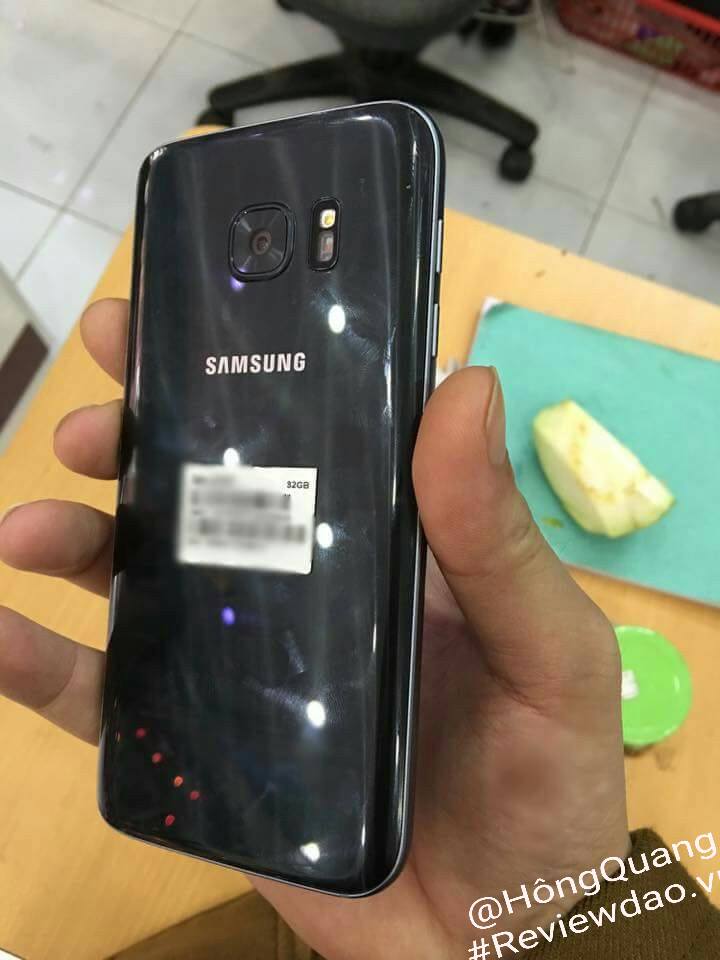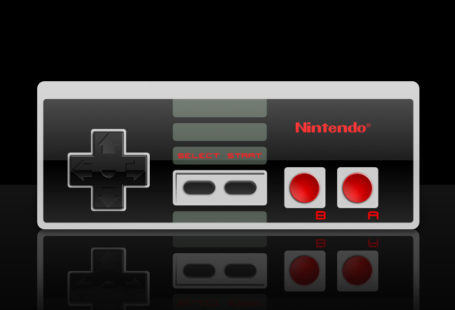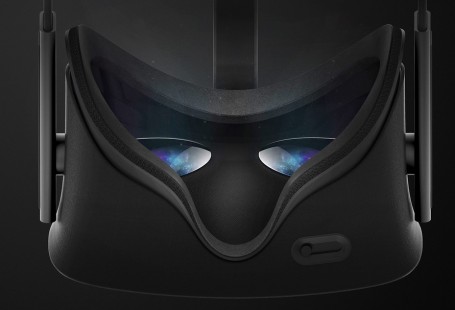Expectations are dangerous. They indeed were before Galaxy S6 launch a year ago, because we had been talking for months about the company’s Project Zero and its ambitious plan to reveal devices that really pushed the boundaries that previous models had reach.
Those expectations are again really high this year. Next February 21st we’ll know finally what Samsung is planning to maintain the high-end throne in the Android market. According to several leaks and rumors, Samsung will be present at the Mobile World Congress to launch two new smartphones: the Galaxy S7 and the Galaxy S7 Edge, which will be based in Android 6.0 Marshmallow.

Both of them will maintain the QHD (1440p) 5.1-inch display we saw on last year models, but the S7 Edge will feature a curved display. Those curves will be present too (and more pronounced according to recent leaked renders and images) on the edges. There have been some suggestions about it being IP68 certified -a feature that was available on the S5 generation- but that feature hasn’t been so appealing since Sony itself had problems managing expectations on this area. It looks like Samsung could surprise us with a rival to Apple’s Force Touch technology -maybe with a license to use Synaptic’s ClearForce– on those devices as well, but the fact that Google must support this throughout Android makes that feature difficult and risky to implement right now.
One of the biggest changes we’ll see comes from S7’s camera. According to several leakers, Samsung will take advantage of a BRITECELL 12 megapixels sensor with an impressive f/1.7 aperture. The new sensor promises better pictures on low light conditions, and we really hope it can at least match what Samsung did on the S6/Edge and their 16 megapixels sensors. The integration of the new sensor will have another collateral effect: the hump will go from 1.7mm (S6) to 0.8mm according to latest sources.

There will be also variants in the processor area: the devices will be offered with both the Exynos 8890 and the Qualcomm Snapdragon 820 depending on the region, and will be accompanied by 4GB of RAM. The battery could see a little bump and reach a capacity of 3,000 mAh and could also be specially efficient according to Eldar Murtazin, who published a screenshot showing two days of battery life on a Galaxy S7. By the way: a USB-C port will be used for the first time on the Galaxy S family of smartphones, according to The Wall Street Journal, but we’ll have to wait for the confirmation to get more info on what’s behind this port (USB 3.0 Gen 1, maybe Gen 2?).
There will be good news for lots of users who complained last year about some features missing from the S5. Besides the chance to see a dust and waterproof smartphone, the most important will be the comeback of the microSD slot, which will allow users to expand storage with up to 200GB.
This are devices that again generate great expectations: we’ll see if they can live up to the hype.


